Horticulture Exam Review Flashcards
1/55
Earn XP
Description and Tags
Flashcards providing key vocabulary and definitions from the horticulture lecture notes for exam preparation.
Name | Mastery | Learn | Test | Matching | Spaced |
|---|
No study sessions yet.
56 Terms
Floriculture
The cultivation of flowering and ornamental plants, including potted and cut flowers.
Nursery Production
The large-scale growing of trees, shrubs, and perennials, primarily for transplanting.
Phytosanitary Certificate
An official document required for shipping plants across state or international borders, certifying they are free of pests and disease.
Pot Bound (Circling Roots)
A condition in container plants where roots fill the pot and begin to grow in a circular pattern, which can harm the plant long-term.
Container Grown Method
A major production method for nursery crops
pros: known for flexibility, year-round production, ease of shipping
cons: can lead to circling roots.
Balled and Burlapped (B&B)
A classic method for growing trees, which involves harvesting plants with a soil ball wrapped in burlap.
Pot-in-Pot Method
A hybrid growing system where a production pot sits inside a permanent inground socket pot, combining benefits of container and field growing (guarantees year round harvest)
Photoperiodism
A plant's flowering response to the length of uninterrupted darkness.
Daily Light Integral (DLI)
The total quantity of photosynthetic light a plant receives over a 12-hour period.
DIF
The mathematical difference between the day temperature and the night temperature (Day Temperature - Night Temperature), used to control plant height.
Flagging/Wilting
plant's base begins to droop, key indicator for watering, can indicate over or under watering
Fertigation
The technology of applying water-soluble fertilizers directly through the irrigation system.
pH
The acidity or basicity of substrate, crucial for controlling nutrient availability to plants.
Electrical Conductivity (EC)
Amount of dissolved salts in the substrate solution, best indicator of the fertilizer level
Leachate
The water sample that drains out from the bottom of a container after irrigation, used for testing EC and pH values.
PourThru Method
A nondestructive technology used to collect leachate samples from containers for testing their EC and pH values.
Ideal pH Range for Container Substrates
5.8 to 6.2
Integrated Pest Management (IPM)
A comprehensive strategy combining cultural, biological, and chemical tactics to keep pest populations below damage levels in an environmentally friendly way.
Asexual Propagation
A method of creating a new plant from a parent plant part to produce a genetically identical clone. Important to prevent heterozygosity true-to-type plant
Totipotency
The ability of a single plant cell to regenerate an entire organism, forming the scientific basis for tissue culture.
Aseptic Technique (Tissue Culture)
The golden rule of tissue culture, requiring a sterile and contamination-free environment for in vitro culture.
Explant
A small piece of parent tissue used to initiate an in vitro (tissue) culture.
Acclimatization (Hardening Off)
Stage 4 of tissue culture, where regenerated plants are gradually adapted to external environmental conditions to strengthen them for the real world.
Cytokinin-to-Auxin Ratio (High Cytokinin)
In tissue culture, a high cytokinin to low auxin ratio typically induces shoot development from plant tissue.
Cytokinin-to-Auxin Ratio (High Auxin)
In tissue culture, a high auxin to low cytokinin ratio typically induces root development from plant tissue.
Cytokinin-to-Auxin Ratio (Balanced)
In tissue culture, a balanced ratio of cytokinin and auxin typically promotes callus formation, from which differentiated shoots can be obtained.
Air Layering Principle (Phloem Removal)
The removal of phloem tissue (bark) to interrupt sugar and auxin transport, causing accumulation in the upper part of the cutting area to induce rooting.
Soilless Substrate Properties
low density
high porosity
high drainage
primarily made of organic components, differing fundamentally from field soil.
Grower's Particles
The components of soilless substrate that growers manage to create pores for optimal air and water availability to roots.
Phytosanitary Certificate
An official document required for shipping plants across state or international borders, certifying they are free of pests and disease.
What are the five sectors of ornamental horticulture?
Floriculture, Nursery Production, Interior Plantscaping, Landscape Horticulture, Arboreta and Botanical Gardens
In-Ground Method
classic method for larger plants
pros: natural root dev. , access to natural nutrients and water, produces very large specimen
cons: Implies a rigid harvest schedule, especially for very large plants.
Forcing Flowering in Short-Day Plants (e.g., Mums, Poinsettias)
create long nights using blackout curtains
Forcing Flowering in Long-Day Plants
Create short nights by interrupting darkness with supplemental lighting (light-interrupting lighting)
Negative DIF (Day Temp < Night Temp)
Goal is to create a compact plant utilizing the environment, can help reduce need for chemical regulators
Colder days and warmer nights→shorter internodes
Low EC Value
indicates nutrient deficiency
fix by increasing fert rate or frequency
High EC Value
indicates high salt levels → damages roots
fix by flushing sub w/ water to wash out excess salts
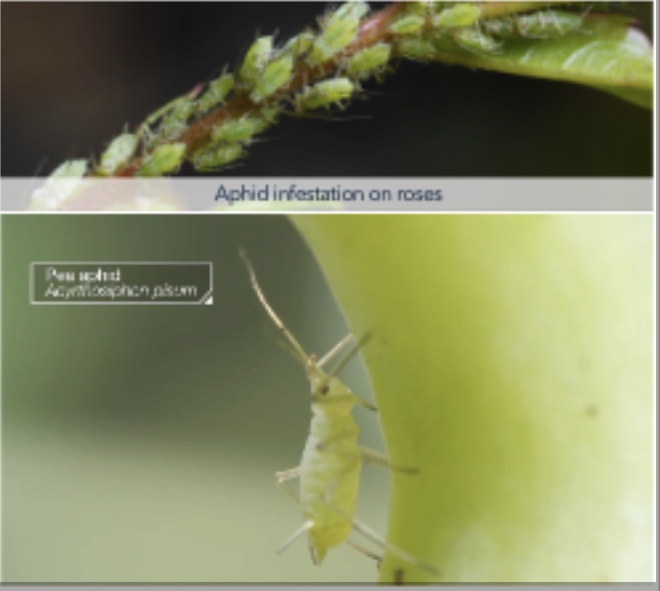
Aphids
honeydew prod
black sooty mold
tiny, soft-bodied, pear shape
cornicles on rear
on underside of leaf
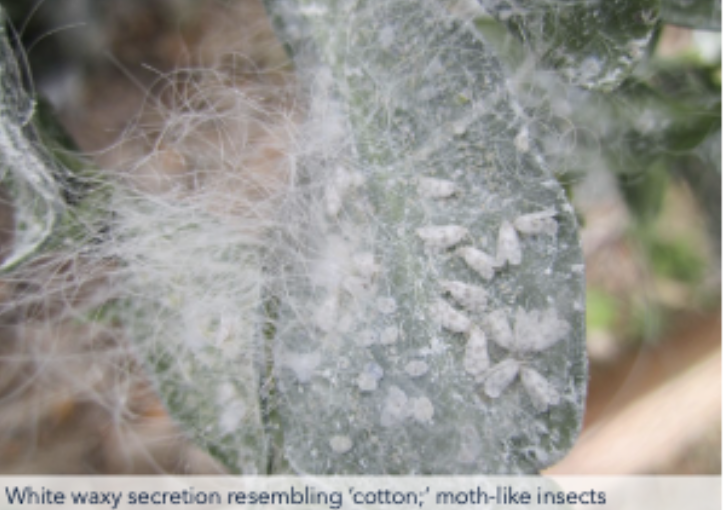
Whiteflies
moth-like
cloudy/fluffy when plant agitated
produce honeydew
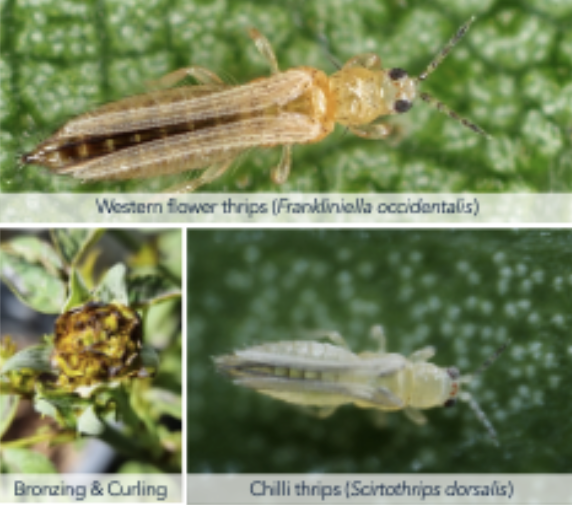
Thrips
tiny, skinny, yellow-black
hide in buds
silvering, bronzing, distorts flowers
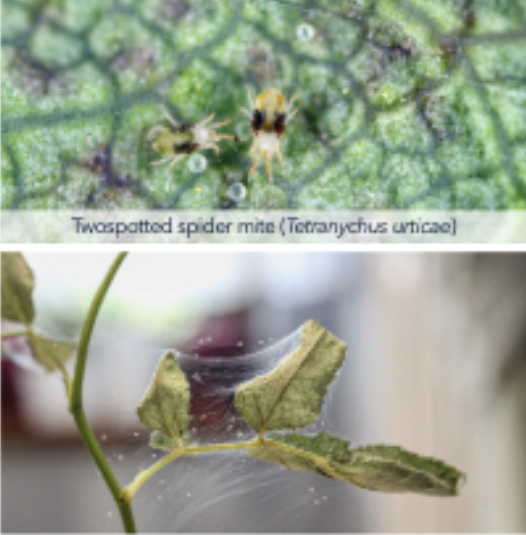
Spider Mites
red or green w/ two dark spots
hot dry conditions
grays foliage, webbing in late stages
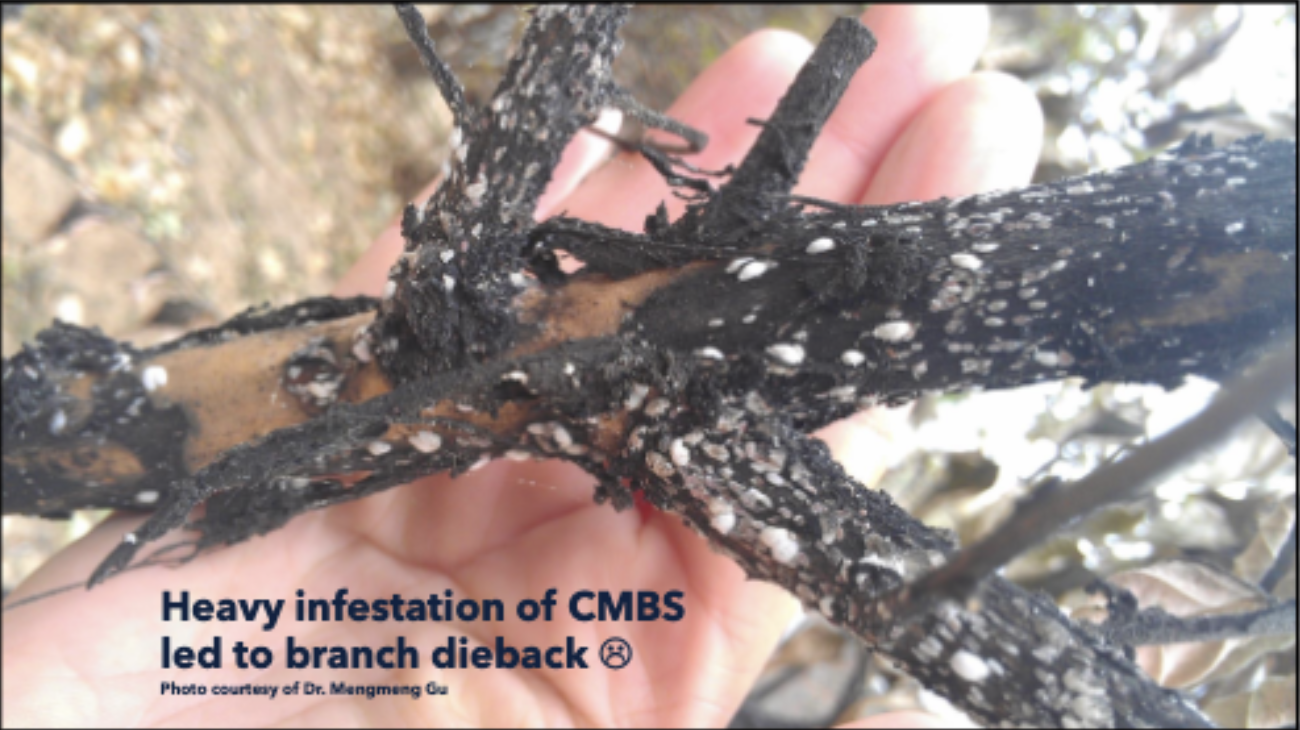
Mealybugs
Cottony masses (white, waxy residue) on stems/leaf axils.
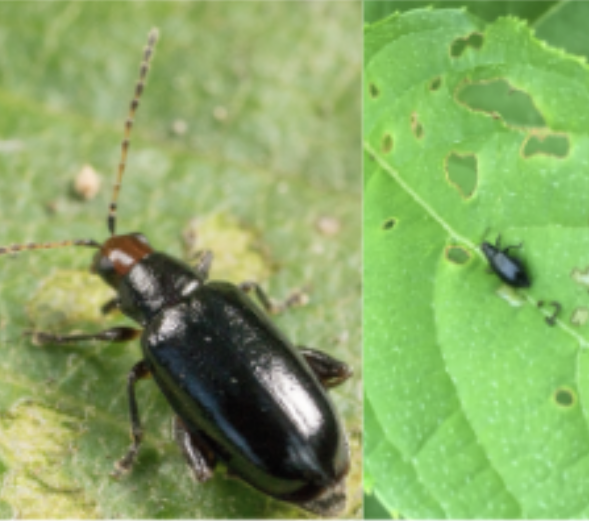
Redheaded Flea Beetle
black w/ red head
jump when disturbed
shot-holes
major AL container nursery pest, too mobile
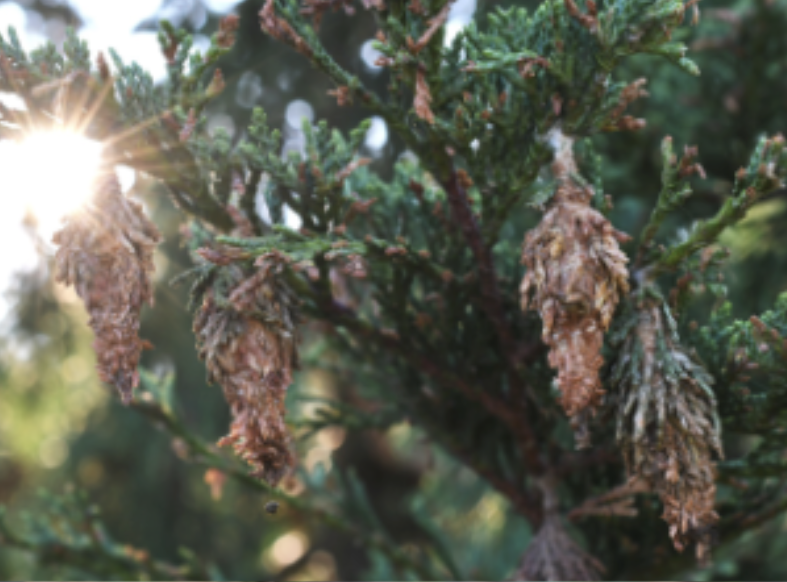
Bagworms
visible sacks attatched to branches
Fire Ants
can infest any container or field-stock in infested zones
AL has USDA Fire Ant quarantine
Mounds disrupt roots
stings harm worker safety
IPM Cultural
Preventative measures that modify the growing environment.
ex: proper spacing, GMO cultivar, sanitation
IPM Physical
Direct removal or modification
ex; removing infected stems/branches
IPM Biological
Utilizing natural enemies to control pests, often effective in early stages of infestation.
ex: intro beneficial insects like ladybeetles, lacewings, predatory mites
IPM Chemical
Pesticide application, last resort when others insufficient
Heterozygosity
genetic characteristic of unique ornamental that prevents growing true-to-type from seeds. This is why asexual propagation is crucial for maintaining desired traits and genetic consistency
5 stages of Tissue Culture Procedure
(0) Selection, (1) Initiation, (2) Multiplication, (3) Rooting, (4/5) Accumulation/Hardening-Off
Stage 0: Selection
Choose a stock plant that is healthy, strong, juvenile (if possible), disease-free, and genetically valuable.
Stage 1: Initiation
Sanitize plant using ethanol or bleach to ensure explants are contamination-free before culturing in jars
Stage 2: Multiplication
Apply cytokinin in appropriate ratios to encourage explant to sprout multiple shoots, leading to increase in plant material
Stage 3: Rooting
Use auxin, often in specific concentrations, to induce root formation on regenerated shoots
Stage 4/5: Acclimation/ Hardening-Off
Gradually decrease the humidity (e.g., by slowly opening a humidity dome) to allow the plant to strengthen and adapt